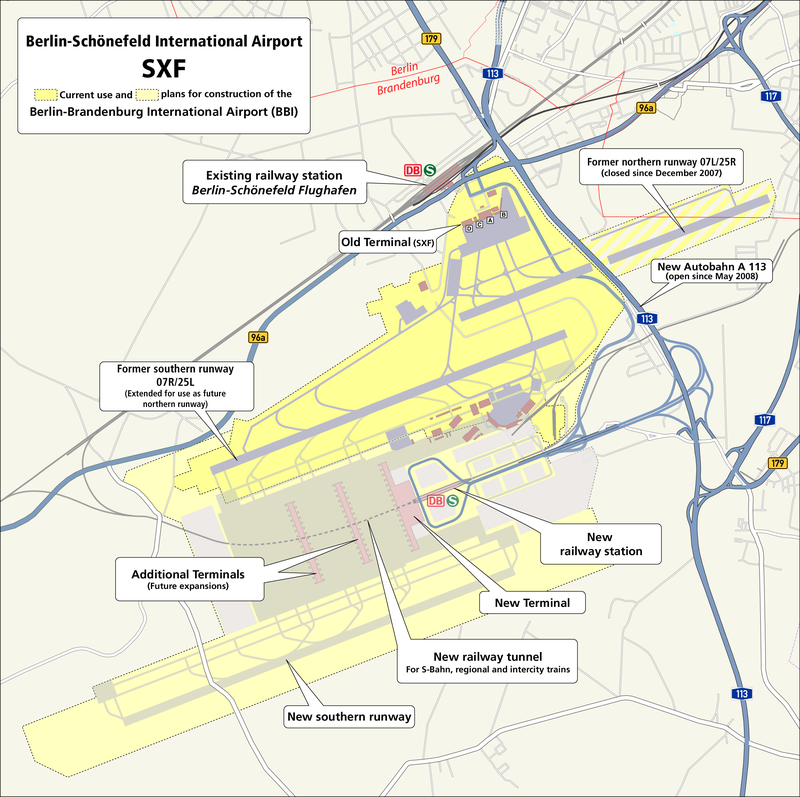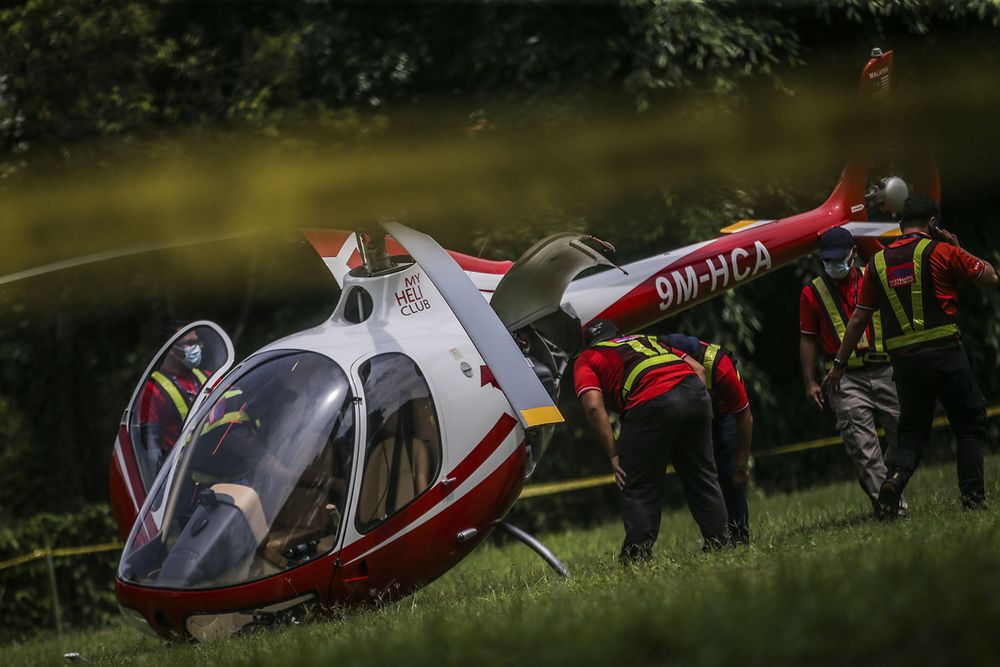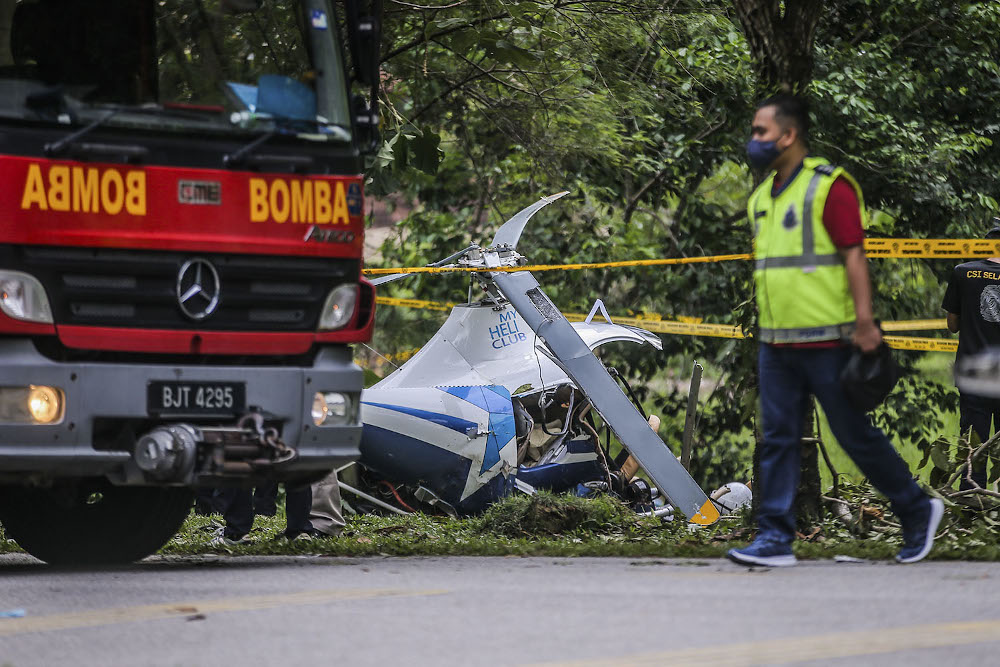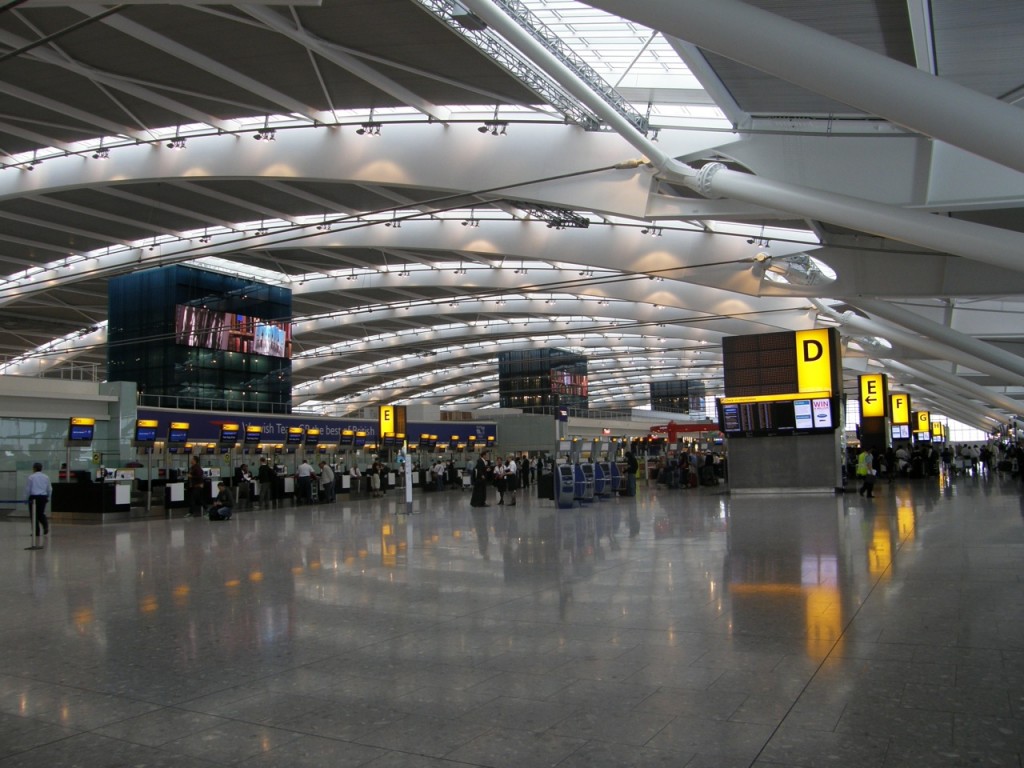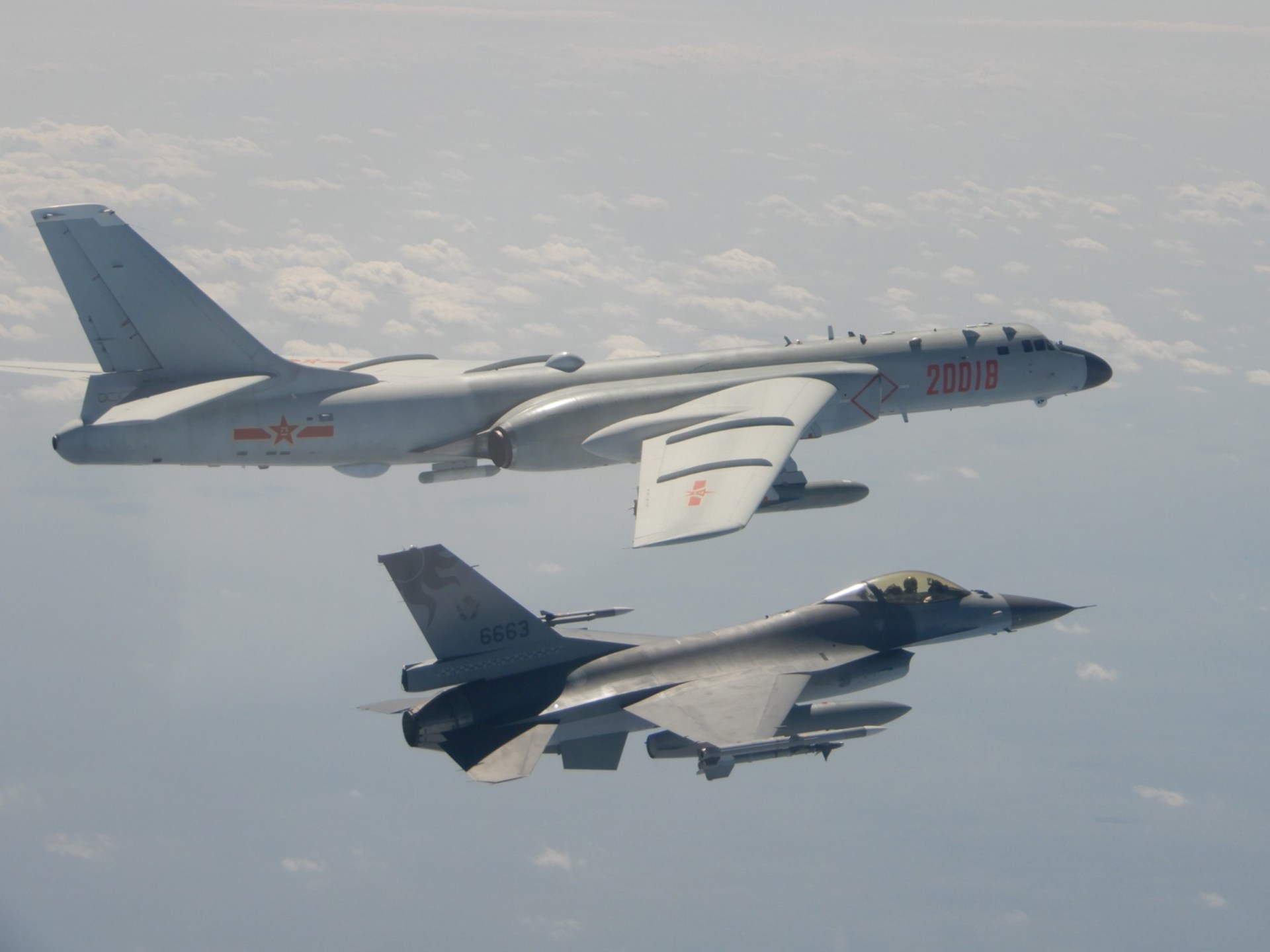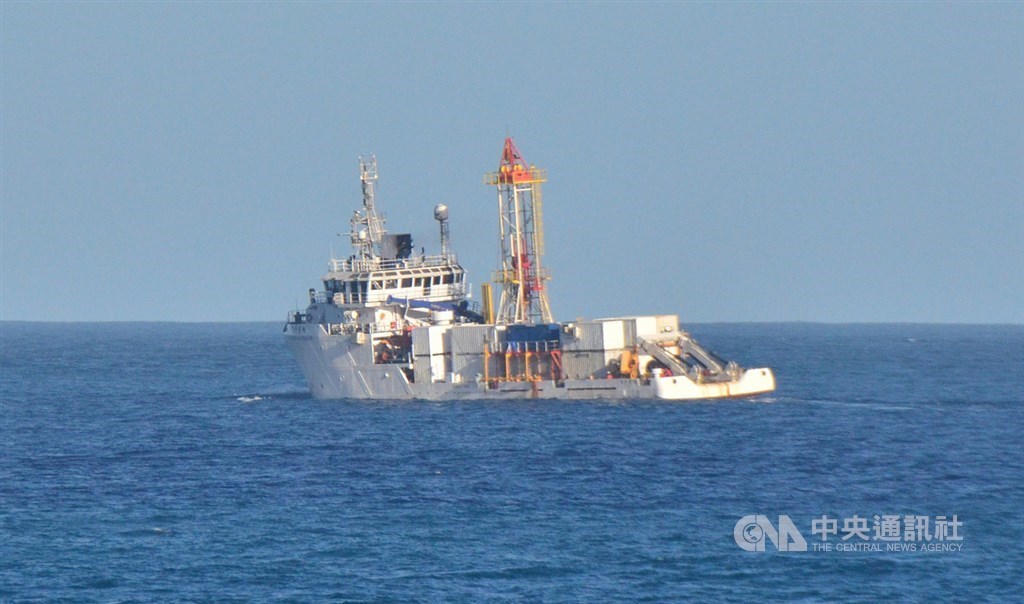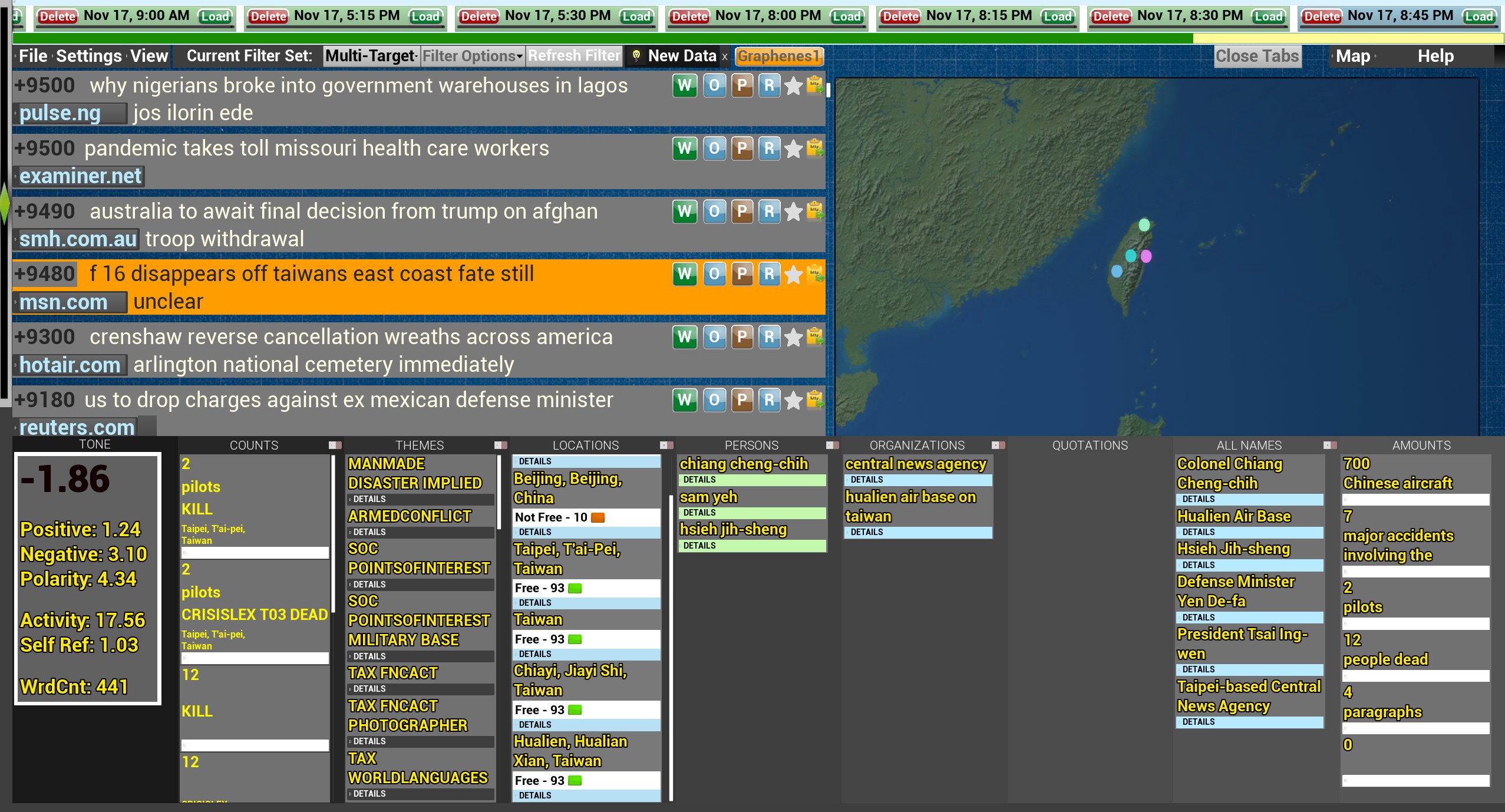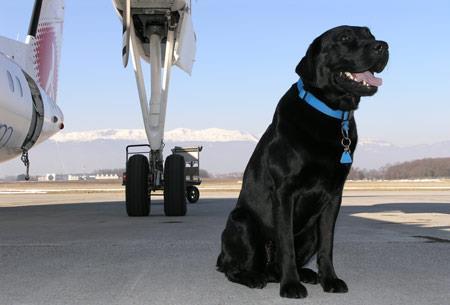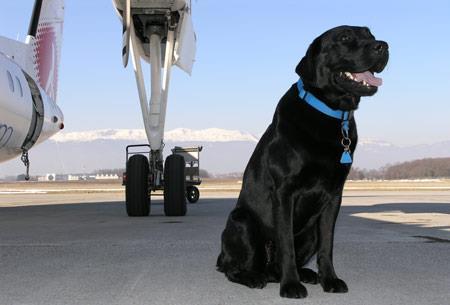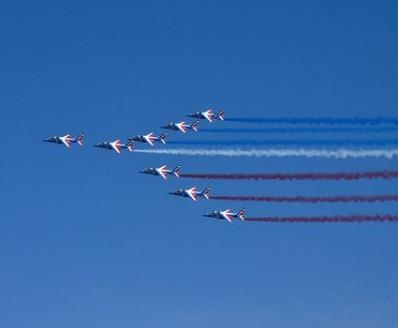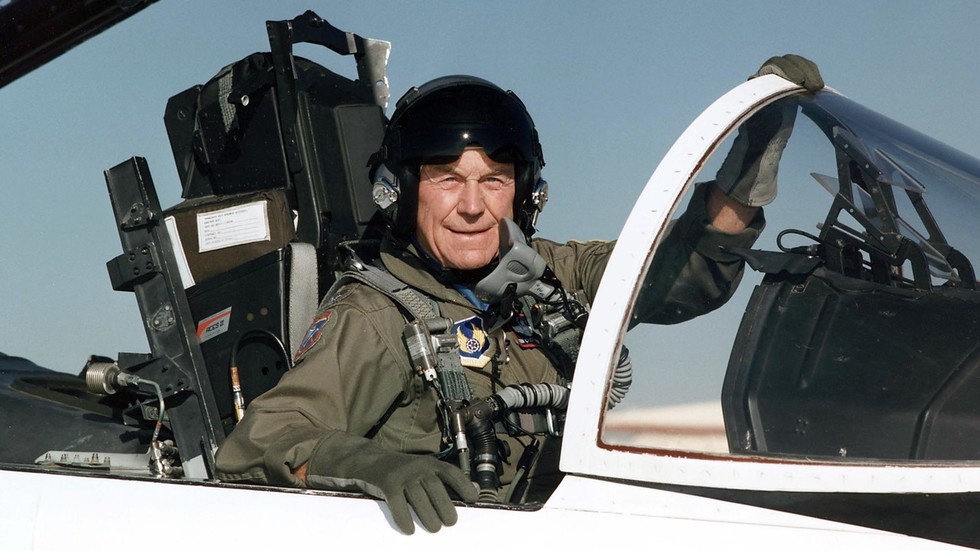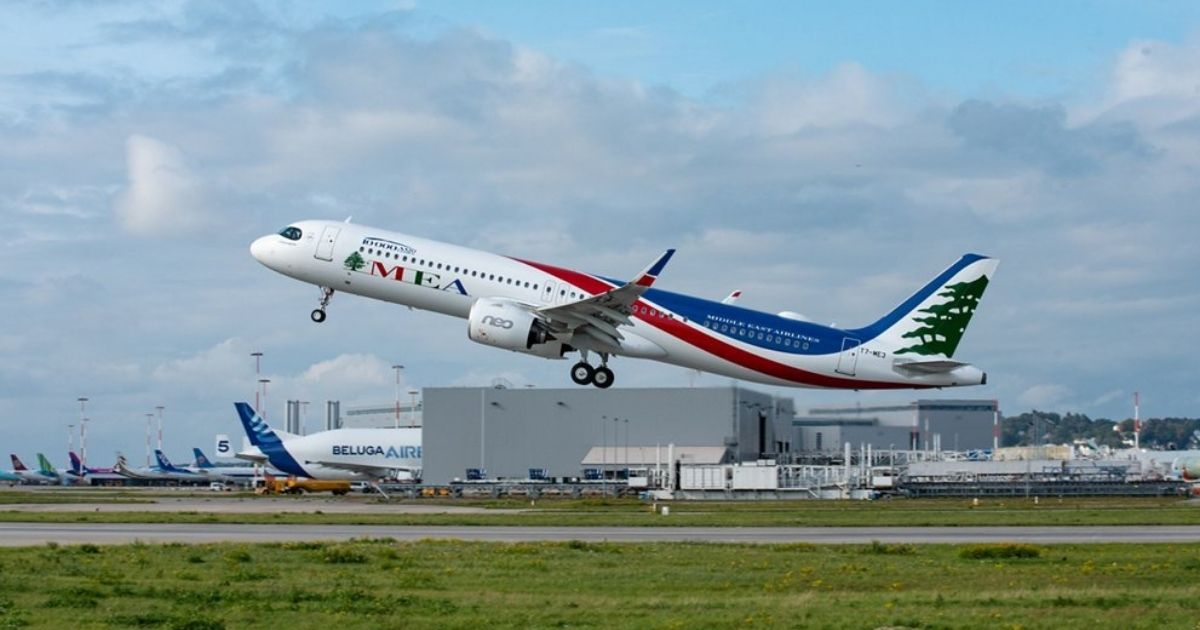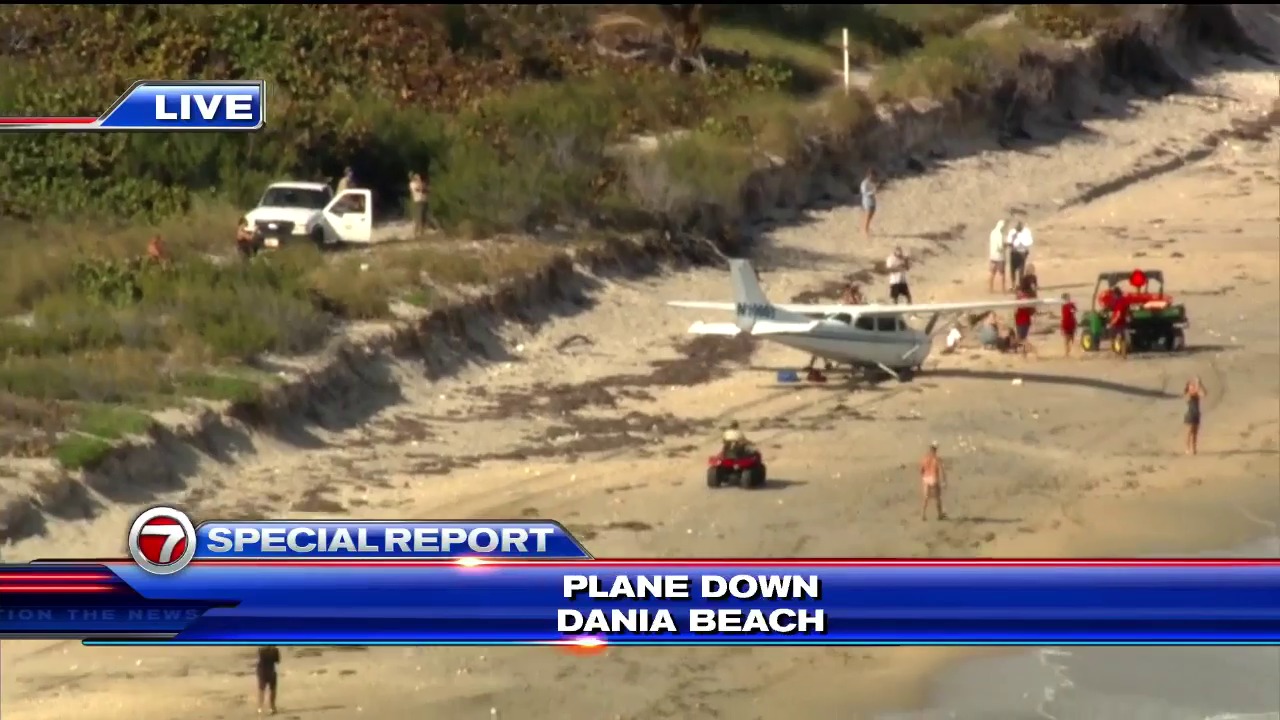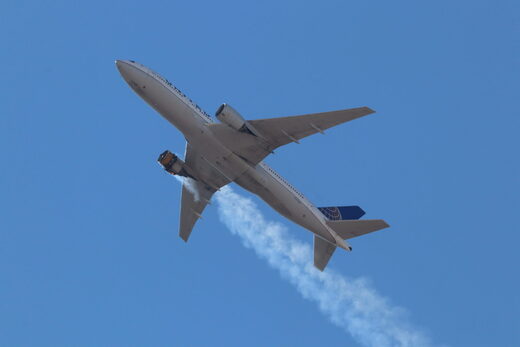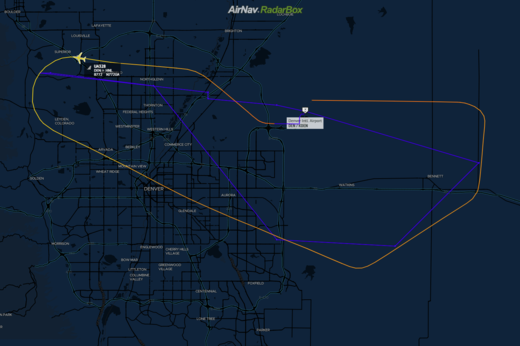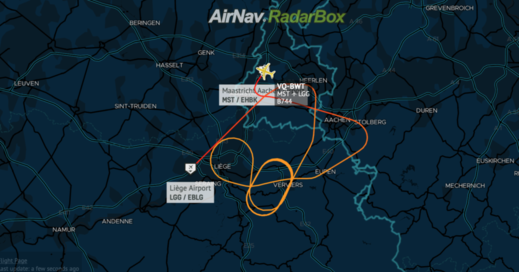Berlin Brandenburg Airport
(Transdimensional Atomic Remolecularizers) And link Two.
Financing
By 2009 the construction cost was budgeted at €2.83 billion. FBB raised the financing for the project by a credit raising of €2.4 billion, a bank deposit of €430 million by the FBB partners and an additional €440 million of equity capital provided by FBB.
During construction, it became clear that the airport would become significantly more expensive due to underestimating the actual costs, construction flaws and increased expenses for soundproofing nearby homes. As of 2012, the series of delays in opening was expected to lead to a number of lawsuits against FBB with now defunct Air Berlin announcing its intentions of such a move.
By late 2012 expenditures for Berlin Brandenburg Airport totalled €4.3 billion, more than half as much again as the originally anticipated figure.
It became clear in November 2015 that the financial concept of the airport will remain fundamentally flawed. The main purpose of the many stores planned at the airport was to serve passengers who were changing planes, assuming that Berlin would be a big international hub. However, it was acknowledged in 2015 for the first time that competition between the hubs was already too stiff. Frankfurt Airport and London Heathrow would resist losing passenger shares without a price war and that few if any airlines would leave their hubs for Berlin. The only remaining potential airline for operating a hub was Air Berlin, which was in financial difficulties and did not plan to provide long-distance service anytime soon.
German Railways Deutsche Bahn also sued for non-usage of the ghost station below the airport as of 2012 with the airport having to pay damages as of May 2016.
In November 2015, auditors with the Brandenburg Comptroller concluded that financial control executed by Berlin, Brandenburg, and Germany over the airport as owners was insufficient and inefficient. The Comptroller published a 400-page report in February 2016 describing the flawed opening including several construction lapses. This led the BER boss to retaliate publicly against the comptroller on 27 February decrying the release of the numbers.
Soundproofing nearby homes will be €50 million more expensive due to a verdict of the main administrative courts of the states of Berlin and Brandenburg. As of 5 May 2016 the court decided in favour of 25,500 plaintiffs. See also: Federal Administrative Court of Germany. The key directive of the verdict was that rooms must be provided with adequate ventilation if windows are closed due to noise, and the airport authority must also determine how air inside the structures can be vented. The airport avoided liability claims against Imtech and other firms involved in the construction of the fire exhaustion system.
Financing for the entire airport appeared headed toward bankruptcy in June 2016 due to the EU's unwillingness to approve a pending request for €2.5 billion bringing the project to €6.9 billion. If the request was denied, the airport authority stated it would be bankrupt by August 2016. The EU permitted an additional €2.2 billion on 3 August 2016. A €2.4 billion loan was signed on 13 February 2017 containing €1.1 billion for financing and €1.3 billion to resolve old bad loans. The German federal government and the states of Berlin and Brandenburg guaranteed the debt.
Current total costs amount to €5.4 billion. Revised plans suggest additional costs amounting to an extra €2.19 billion. As of 3 June 2015, Germany applied for an additional €2.5 billion spending approval from the EU. This is in addition to the previous total of €4.3 billion, bringing total costs to €6.8 billion. The EU would only permit an additional €2.2 billion, which it did on 3 August 2016. Although the airport has yet to open officials are planning a possible third runway for approximately €1 billion and other new projects such as an additional terminal, expanded baggage system and another freight facility. The total additional spending would amount to €3.2 billion. The board warned of a further rise in costs because the airport will not open before 2017. The current time-cost frame is limited to 2016; the estimated cost of €6.9 billion is current as of May 2016. The airport company reportedly made the assurance to the European Investment Bank that the airport will open in September 2019. Forecasts estimate the airport will not be ready to open until 2020. This means a need for €500 million for refinancing to bridge the time gap between 2019 and 2020. The airport published a need for another billion euros up until 2020. This means that the three years of work from 2018 onwards will cost at least €900 million. The total cost of the airport will top €6.5 billion.
As of 13 January 2018, the company requested an additional €2.8 billion for extensions until 2030. Taking that into account, the total cost comes to €9.4 billion, with a total of €10.3 billion if the €900 million in overhead costs previously mentioned are factored in. An economical estimate determined the costs for the overheads at a conservative figure of €770 million. The airport is planning to borrow €400 million. Another issue arose when it became public that the airport head earns an annual salary of €500,000. A new loan was granted by the German parliament on 30 June 2018 totalling €132 million. The other two owners, the states of Brandenburg and Berlin, will likely permit their shares of the loan as well, so the loan will total €500 million. The board postponed a decision concerning the loan until the end of August 2018, which leaves the entire finance planning in jeopardy. At the end of August 2018 Berlin's head of finance, Matthias Kollatz, made the remark that the airport may face abrupt bankruptcy on 1 January 2019, if no instant measures would be taken. The financial head resigned from the holding company of Berlin's airports at the end of September 2019. According to projections the airport is in dire need of additional €508 million from 2021 onwards. There seems to be another need for financial support from authorities for the next 2 years as of 29 April 2020 amounting to €1.8 billion. A new study claimed that the net worth of the current building is far lower than the credited €4,866 million and it is to be settled at €3 billion less. The financial gap due to the COVID-19 pandemic is estimated to be at €300 million for Tegel and Schönefeld combined, thus the new airport will be in need for financial support for years to come. The annual manager report of 2019 of BER's operating firm was criticised by Linkspartei as extremely short and intransparent. Cash flow concerns amount to a dire need of €1.5 billion as of immediate in 20 June.
On 13 July 2020, prosecutors filed a complaint on suspicion of falsifying the balance sheet. The financial auditors for FBB were the same as for the now insolvent Wirecard company, raising doubts about the validity of the audits. The plan to generate profits starting in 2023/2024 has been overturned by the COVID-19 pandemic according to airport head Engelbert Lütke-Daldrup (de).
There seems to be a demand of €375 million for 2021 to cover current costs for BER, the parent company announced on 9 October 2020. An additional €552 million are needed as a stabilization for missing passengers.
